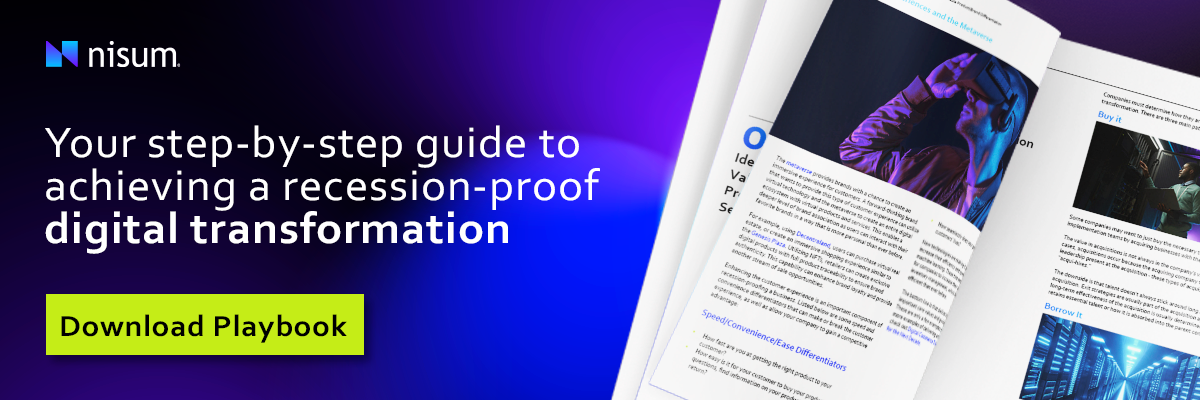 Picture credit: Canva.com
Picture credit: Canva.com
Consider this scenario: You deploy your software in a test environment, the deployment is flourishing, and you plan to move it to production. However, once the deployment to production is executed, it fails there!
One of the most common reasons for such failure is inconsistent test and production environments. The inconsistency can be in software versions, libraries, or even the network topology of the two environments.
One needs ways to deploy software reliably across a consistent set of environments to avoid failures like the one mentioned. Scenarios like the one described above can cause a waste of resources concerning time and money as one will be required to re-write code following the environment being used. Moreover, it may also lead to downtime in the production environment if failures during deployment are unfavorable for any business. Containerization can be a solution to this problem.
What Is a Container?
According to Docker docs, a container is a standard unit of software that packages up code and all its dependencies, making applications run quickly and reliably from one computing environment to another.
Containers isolate the software from the environment for successful implementation on every machine. A container has the requirements needed for the software to be appropriately executed during runtime - bundled together into a package. This package has a small memory footprint and can operate independently of other software or hardware, which means it can be executed reliably every time.
How Containers Differ from Virtual Machines
Containers differ from virtual machines regarding the level of virtualization. Virtual machines are created in an operating system by virtualizing the hardware. If there are multiple virtual machines on a system, each virtual machine has its separate operating system. However, containers are more portable as they virtualize the operating system itself.
When To Use a Container Instead of a Virtual Machine
Containers should be used when multiple running instances of the same application on a single operating system are necessary. If the requirement is to run various applications, one should use virtual machines. On the other hand, an excellent reason to use containers is when there is a requirement to scale the applications on demand.
Challenges When Working With Containers
There are many advantages to using containers, but there are also a few minor challenges. Containers require a new setup, which might be complex and expensive for some applications. Not all applications benefit from using containers.
The core principles on which containers are built do not require any data to be saved beyond the "end of life" cycle. Real-world applications require persistent storage; it can be complicated to implement it within current setups.
How To Containerize Apps
Now that we know what a container is and where it can be used, the next question is: How can we containerize an application?
Containers have been around for quite some time now, but Docker has been able to bring them into widespread use. Docker is a popular choice for containerizing applications. It provides a straightforward platform for building and sharing containerized applications. It also facilitates the quick deployment of code.
Containers and Docker have revolutionized how the DevOps model works in an organization. The ease of scaling up or down, failover mechanisms, automated rollouts, hassle-free deployment, and many other benefits can make any business generate a competitive edge over others.
Nisum's Continuous Integration/Continuous Deployment (CI/CD) Accelerator Can Help Meet Your Business Needs
Our Continuous Integration/Continuous Deployment (CI/CD) Accelerator is ideally suited for companies that want to accelerate development in their digital infrastructure. Our proprietary CI/CD framework is a preconfigured and cloud-ready platform ready to jumpstart development and enable fast deployment cycles.
Nisum has helped Fortune 500 retail clients decrease product deployment time by 66% and helped increase resource bandwidth by 50% with our CI/CD Framework.
Contact us to begin your DevOps transformation and help your organization achieve high-performing release velocity using the DevOps principles of fast flow, rapid feedback, and continuous learning.




